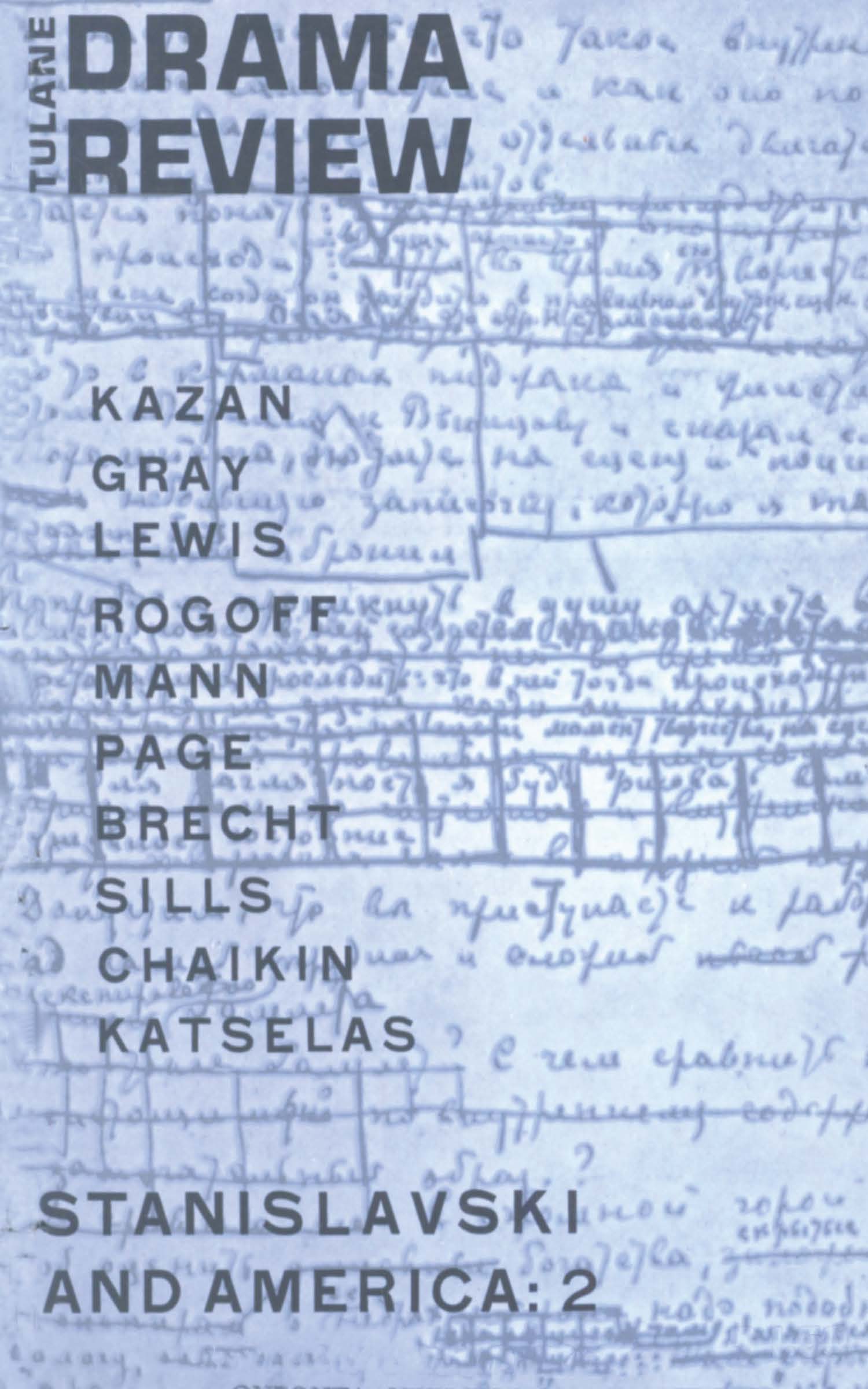Article contents
Extract
My involvement in theatre has been with the body in motion. However changed or reduced the motion might have been or however elaborate the means used might have been, the focus was this movement. In retrospect this seems a constant value which was preserved. From the beginning I wanted to avoid the pulled-up, turned-out, anti-gravitational qualities that not only give a body definition and role as “dancer” but qualify and delimit the movement available to it. The challenge was to find alternative movement.
I was not the first to attempt such alternatives. Simone Whitman, together with others, had already explored the possibilities inherent in a situation of “rules” or game-like structures which required the performer to respond to cues which might, for example, indicate changes in height or spatial position.
Information
- Type
- Research Article
- Information
- Copyright
- Copyright © The Tulane Drama Review 1965
References
1 Quite a lot has been written lately about the so-called “new dance.” Some of it is good, most is bad. But there is undeniably a need for a criticism devoted to focusing the problematic and the viable in the recent dance activity. Such writing would require the development of a vocabulary which could articulate the constructs of a functioning group. It might be possible to proceed by locating what a given group regards as its necessary questions together with its replies: its concrete actions. Only by the articulation of this dialogue can any coherent tradition be traced; even a recent tradition. And it would be revealed, I am sure, just as it has been revealed in the other arts when carefully observed, that dance like the other disciplines is no less involved in a dialogue of self-criticism.
- 7
- Cited by

